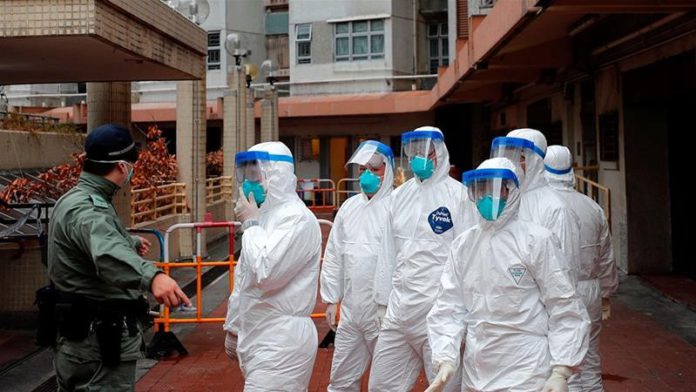Authorities began locking down some western areas of Shanghai two days ahead of schedule, as new COVID-19 cases in China’s most populous city jumped by a third despite stringent measures already in place to try to stop the virus spreading.
Home to 26 million people, China’s financial hub is in the third day of a lockdown officials are imposing by dividing the city roughly along the Huangpu River, splitting the historic centre west of the river from the eastern financial and industrial district of Pudong to allow for staggered mass tests.
While residents in the east have been locked down since Monday, those in the west were previously scheduled to start their four-day lockdown on Friday. read more
Locking down a major metropolis like Shanghai full-scale would result in a 4% reduction in the national real gross domestic product, economists at the Chinese University of Hong Kong, Tsinghua University and other institutes estimated in mid-March.
On Wednesday Shanghai reported a record 5,656 asymptomatic COVID cases and 326 symptomatic cases for March 29, up from 4,381 new asymptomatic cases and 96 new cases with symptoms for the prior day. China reclassifies asymptomatic cases if and when they later develop symptoms. read more
Several residents living in western districts on Tuesday received notice from their housing committees that they would be stopped from leaving their compounds for the next seven days.
“We will resume normal life soon, but in the next period of time we ask everyone to adhere closely to pandemic control measures, do not gather, and reduce movements,” said one housing committee notice seen by Reuters.
Meanwhile the city’s southwestern district of Minhang, home to more than 2.5 million people, said it would suspend public bus services until April 5.
Shanghai authorities told a press conference on Wednesday that since the lockdown began on Monday they had conducted 9.1 million nucleic acid tests.
They also said they planned to disinfect places such as office buildings, construction sites, wet markets and schools in a month-long campaign

